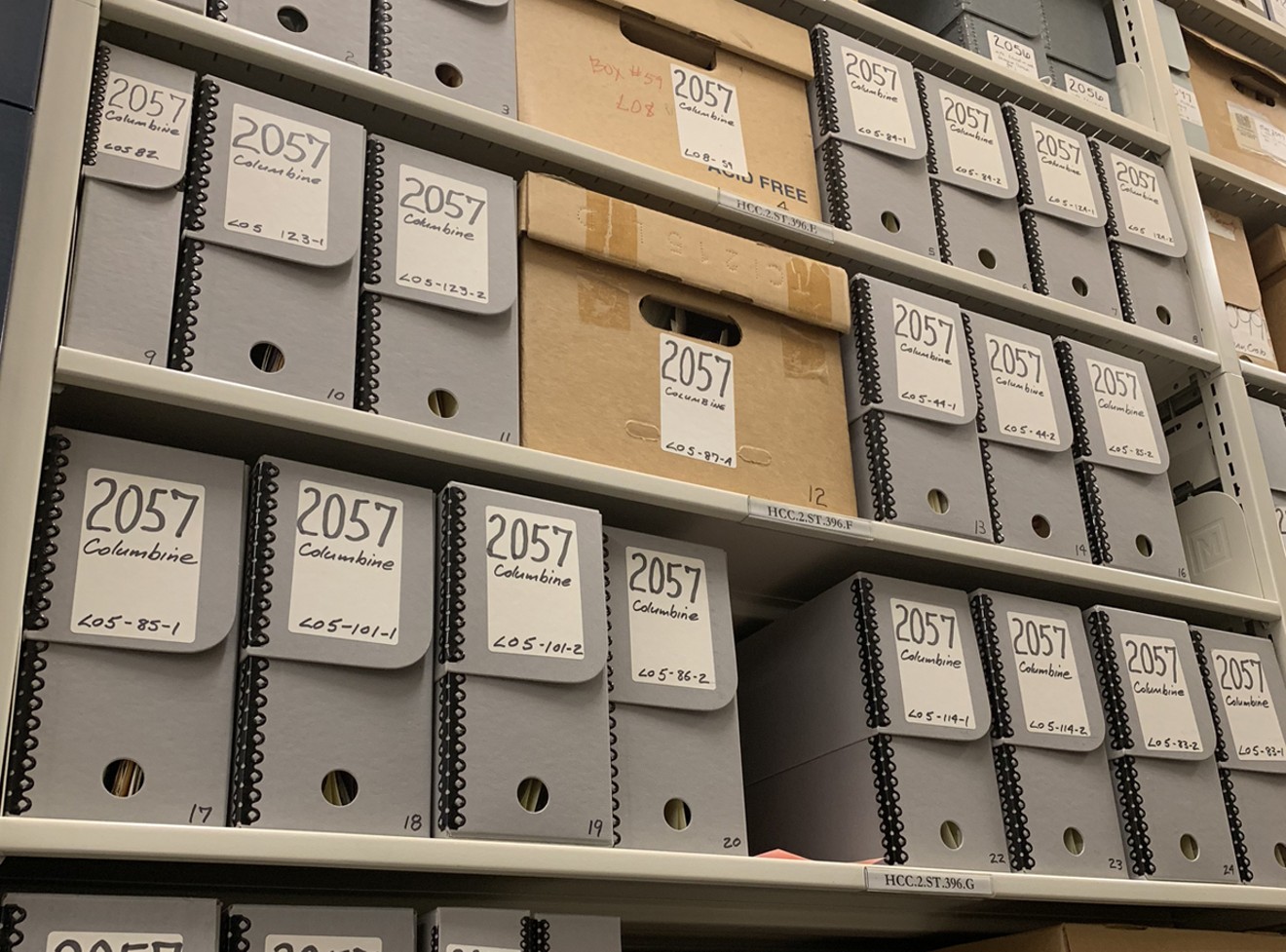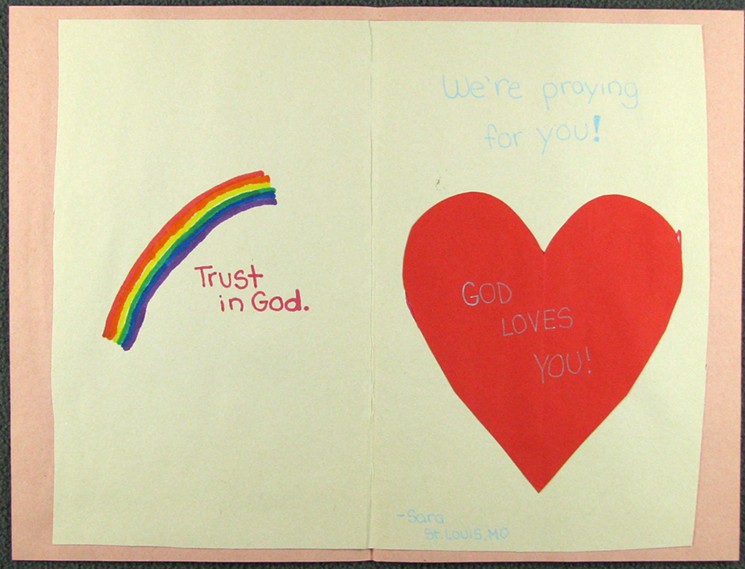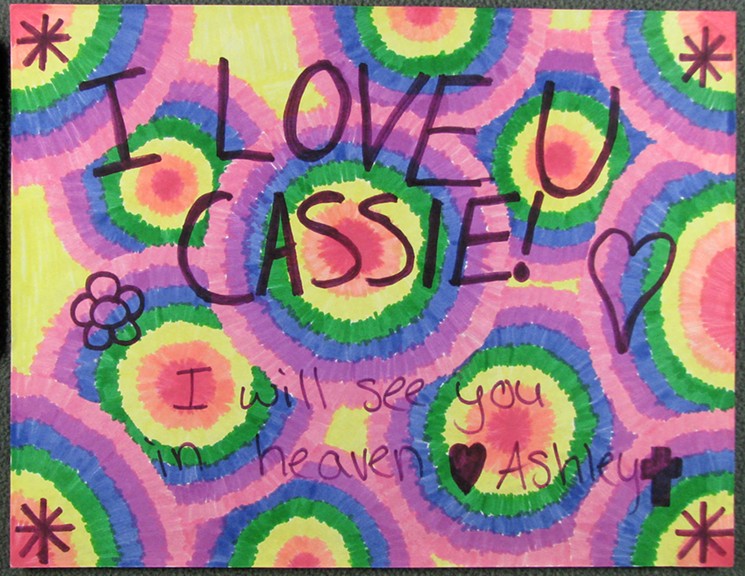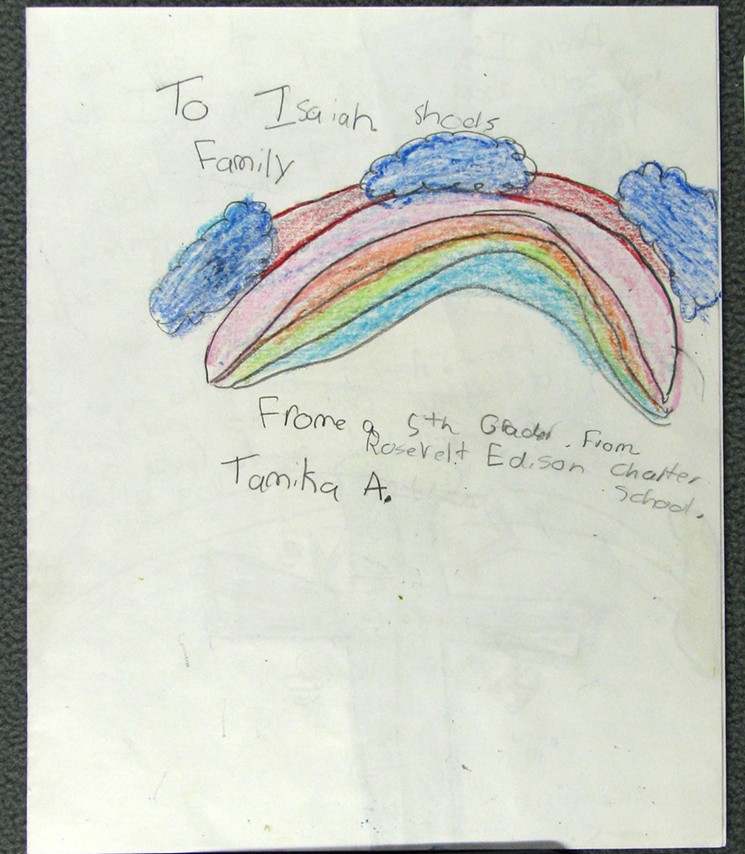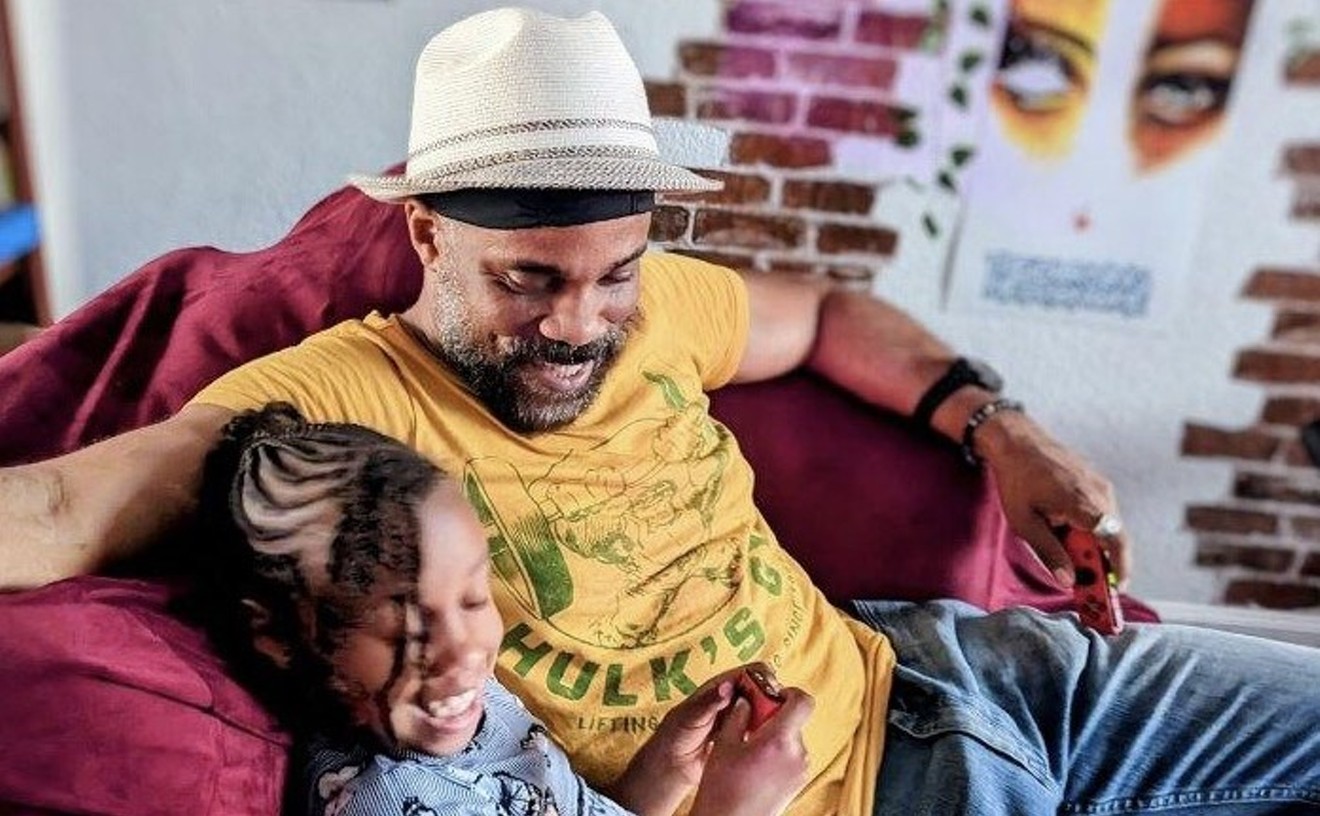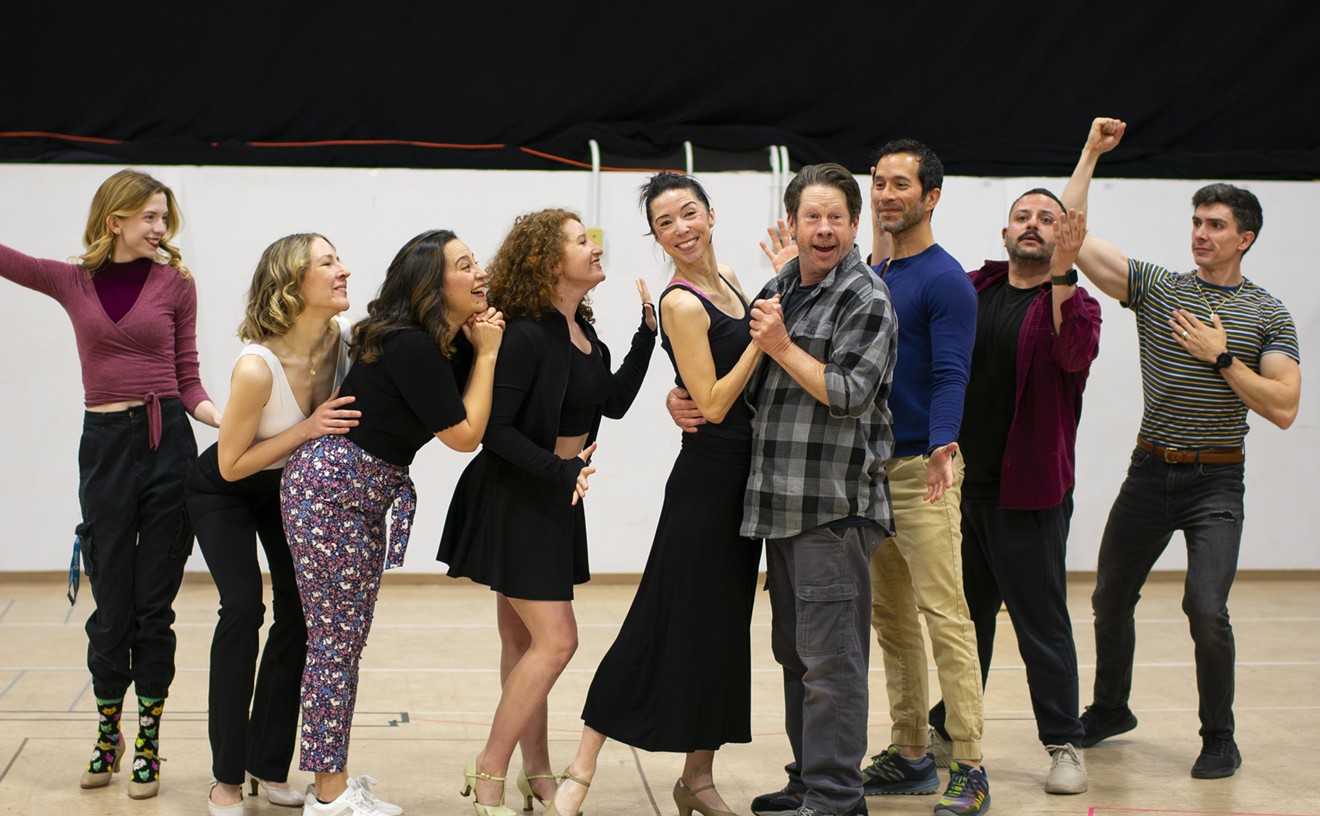As the twentieth anniversary of the shootings at Columbine High School approaches, it has been impossible to avoid reminders of that horrific day...as though anyone who was living in Denver at the time needs to be reminded of when they first heard the chilling news of shots fired in a quiet suburb, then gasped as other details emerged of what was then the country’s worst school shooting.
Thirteen dead, beyond the killers themselves. Matthew Kechter, Rachel Scott, Cassie Bernall, Kyle Velasquez, Daniel Rohrbough, Dave Sanders, John Tomlin, Corey DePooter, Kelly Fleming, Isaiah Shoels, Lauren Townsend, Daniel Mauser and Steven Curnow.
While there have been tragedies with higher body counts in the two decades since, the word “Columbine” continues to echo with every fresh horror. Anyone who was not living in Denver in April 1999 also knows the story all too well.
The library where so many were slain was sealed off, then removed entirely to create a two-story atrium crowned by a mural with aspen trees and thirteen clouds dotting a blue sky. A foundation called HOPE — the Healing of People Everywhere — raised over $3 million to build the atrium and a new, 13,500-square-foot library on the first floor of the school, with large windows facing the mountains.
More funds were raised for the Columbine Memorial in nearby Clement Park, dedicated on September 21, 2007, as “a place of peace, comfort and reflection remembering all those who were touched by the events of April 20, 1999, at Columbine High School, those who were injured and those whose lives were taken that day.” There will be a community vigil at Clement Park at 7:30 p.m. Friday, April 19, "to reflect and remember," and also to help raise funds for ongoing maintenance of the Columbine Memorial.
That’s the official monument commemorating what happened at Columbine. But there are others.
Almost as soon as the shooting ended, an impromptu shrine sprang up on the fence at Clement Park. People left flowers, and stuffed animals, and crosses, and photos and notes and cards. Thousands of pieces of paper fluttered in the wind, hung in the rain. In May 1999, historian Stan Oliner and a hundred other people spent three days at Clement Park, collecting most of the things that mourners had deposited outside of Columbine. Oliner was particularly moved by a poster with the words “I don’t want to die before I grow up” that a mother had hung on the fence.
Many of these remembrances ultimately wound up at the Colorado Historical Society, where Oliner worked as the curator of books and manuscripts.
The curator of memories.
Oliner’s consuming interest was “to capture history as it happens,” he told me four years after the Columbine killings. “The shrines are absolutely part of that. Something has happened to our psyches over the last thirty years. We want to leave a piece of ourselves at these sites.”
Shrines grew outside Buckingham Palace after Princess Diana died, near the Twin Towers after 9/11, as inner grief spilled into public outpourings. They began popping up in Paris on April 15, even as Notre Dame burned. They appear at the site of many fatal car accidents, the flowers and balloons lasting until the next maintenance crew turns up and collects these remembrances of things passed.
Oliner had first become aware of the makeshift shrines in 1964, when he went to a meeting at the Dallas Public Library and learned that historians had been saving mementos left at Dealey Plaza since John F. Kennedy’s assassination the year before. When the Colorado History Museum later organized a ’60s show, Oliner brought in the items that nine Coloradans had left in Dallas.
The Colorado History Museum is gone now, replaced by the History Colorado Center, which opened in April 2012. Oliner had passed away three months earlier.
But his work lives on. History Colorado’s archives include more than 5,000 artifacts retrieved from Columbine. The flowers were not saved, and most of the stuffed animals were beyond help after weeks out in the elements. But the crosses and the photos and the notes and cards remain. Some people left tapes of music that had particular meaning for them. Others left songs they’d written for the victims. And poems.
These artifacts were carefully conserved and stored — some in boxes in the Indiana Jones-like storage facility in the History Colorado Center, bigger pieces off-site — as has memorabilia from more recent events, including the Womxn’s March and the passage of Amendment 64. These collections are available to the public for research, and pieces occasionally appear in formal exhibit.
When History Colorado created the exhibit Zoom In: The Centennial State in 100 Objects, it included one of the cards left at Columbine, displayed between a resolution signed by Mayor Wellington Webb honoring Denver’s sister city of Axum, Ethiopia, and a 2006 jacket from Arapahoe High School, included in the exhibit because the school had worked with the Arapaho tribe to get approval for the mascot on that jacket. But Columbine continues to echo: Arapahoe High School was also the site of a shooting that killed student Claire Davis in 2013.
“History Colorado is a place of collective memory,” says Shaun Boyd, curator of archives at the center. “We prioritize saving the materials of Colorado’s past so that they can be used by people in both the present and the future to understand the people and the events that shaped Coloradans’ lives. When a major event such as Columbine happens, it’s important for history organizations to step in so we can save the often fragile, temporary materials that tell the story of people’s reactions to events.”
Reactions that poured in from across the country after Columbine, from preschools and churches and senior centers, as people tried to come to grips with a real-life nightmare.
“I am vory sorry for you and your friends,” wrote one young student. “I probily think they are in your drims and they are honting you in your drims.”
[
{
"name": "Air - MediumRectangle - Inline Content - Mobile Display Size",
"component": "12017618",
"insertPoint": "2",
"requiredCountToDisplay": "2"
},{
"name": "Editor Picks",
"component": "17242653",
"insertPoint": "4",
"requiredCountToDisplay": "1"
},{
"name": "Inline Links",
"component": "18838239",
"insertPoint": "8th",
"startingPoint": 8,
"requiredCountToDisplay": "7",
"maxInsertions": 25
},{
"name": "Air - MediumRectangle - Combo - Inline Content",
"component": "17261320",
"insertPoint": "8th",
"startingPoint": 8,
"requiredCountToDisplay": "7",
"maxInsertions": 25
},{
"name": "Inline Links",
"component": "18838239",
"insertPoint": "8th",
"startingPoint": 12,
"requiredCountToDisplay": "11",
"maxInsertions": 25
},{
"name": "Air - Leaderboard Tower - Combo - Inline Content",
"component": "17261321",
"insertPoint": "8th",
"startingPoint": 12,
"requiredCountToDisplay": "11",
"maxInsertions": 25
}
]

